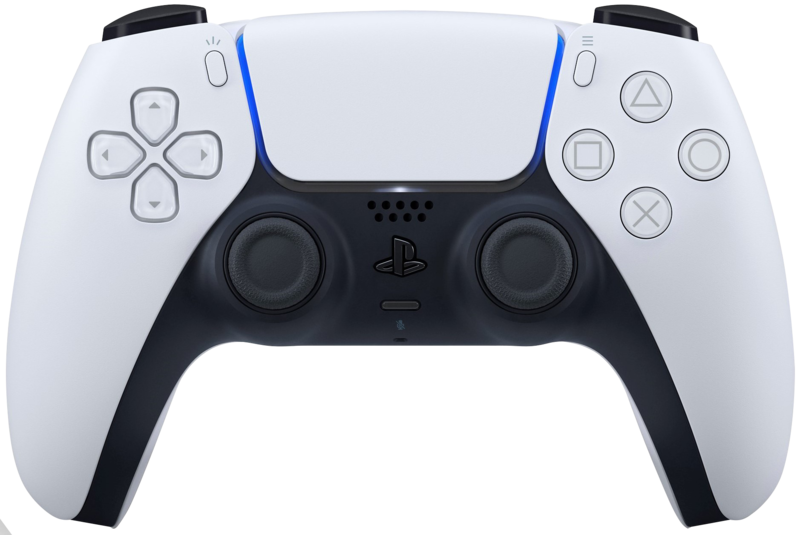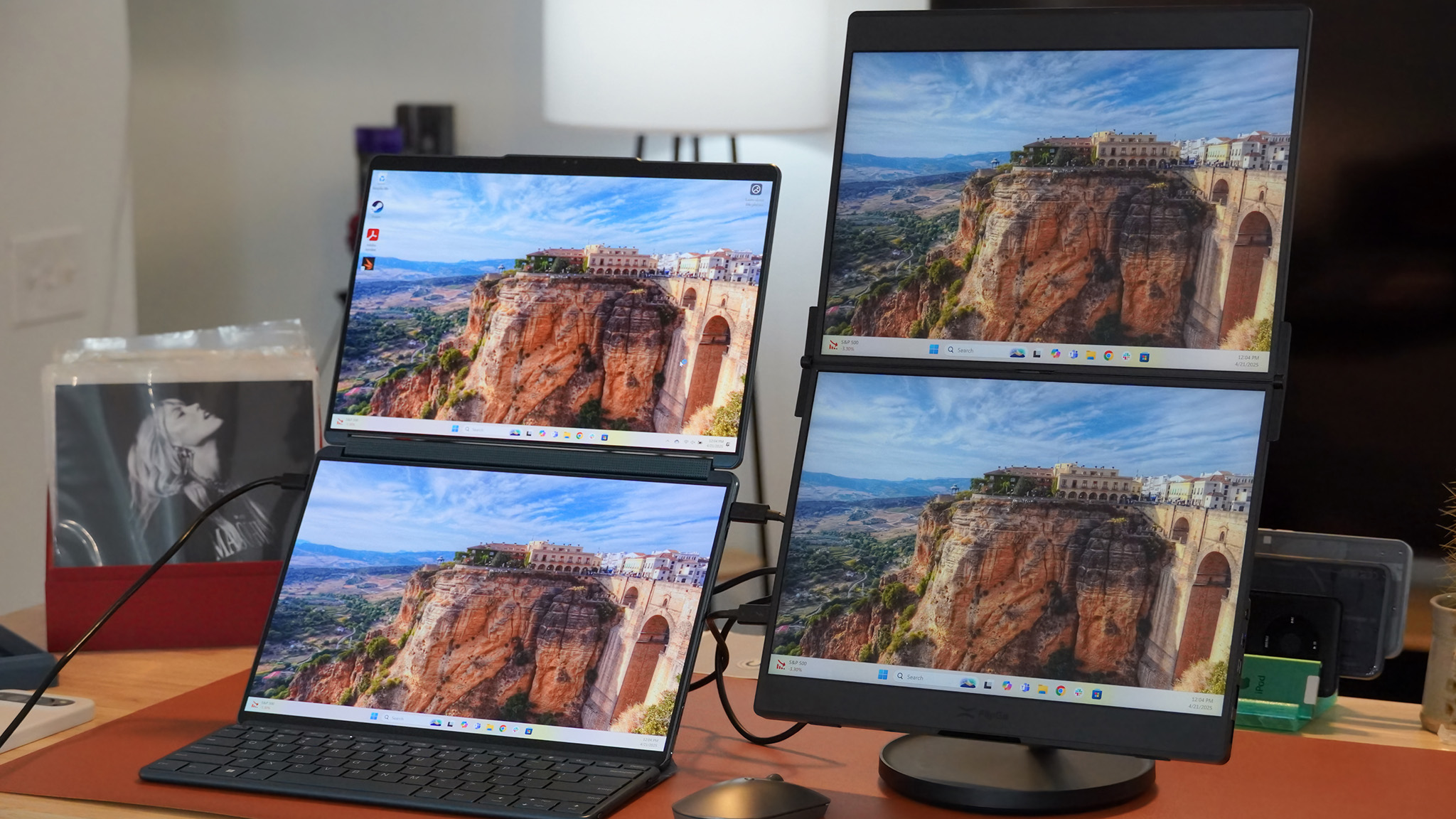Here's why the PlayStation 5 DualSense controller joysticks drift
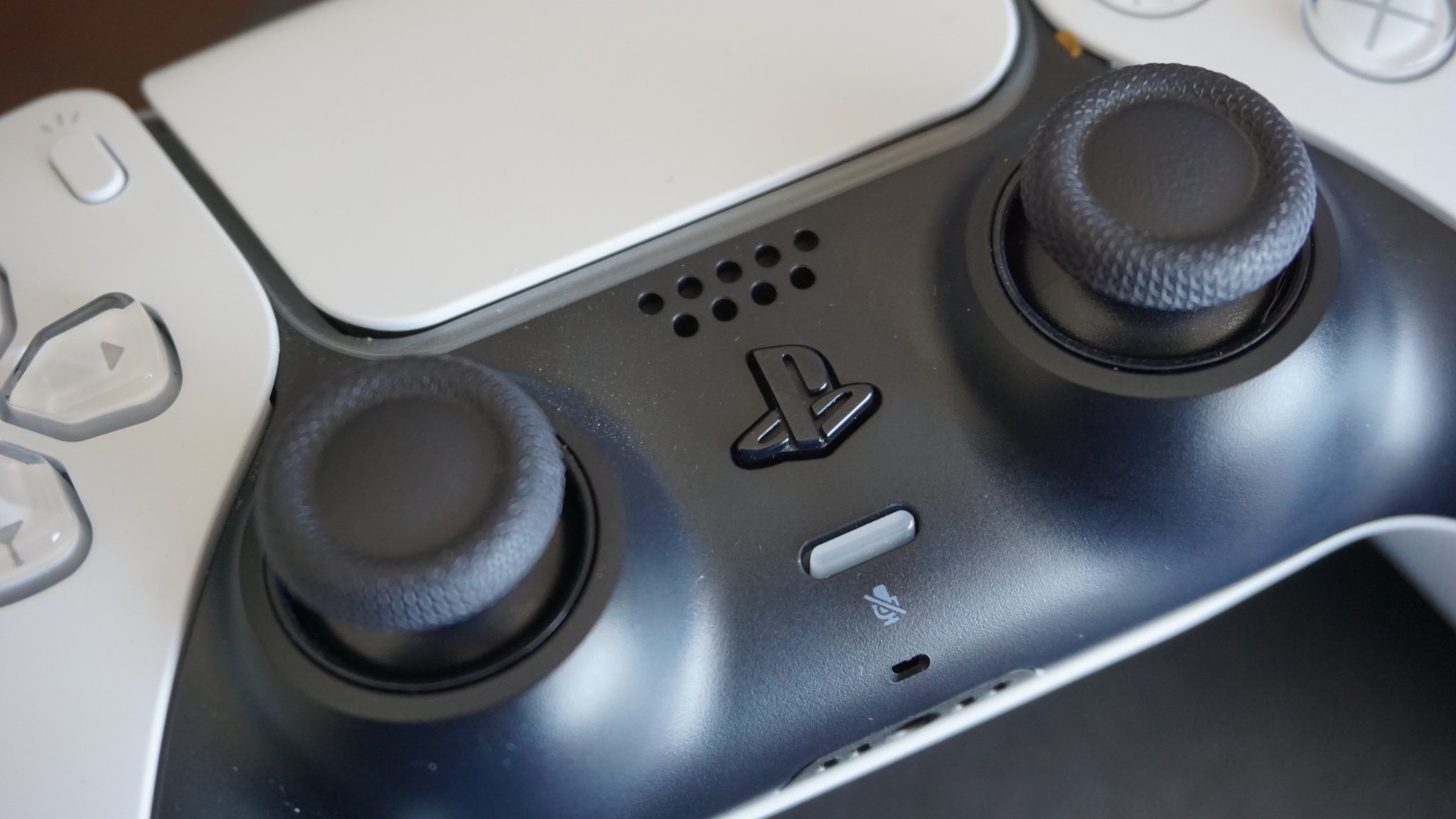
The PlayStation 5 might be really hard to find, but there's one feature you aren't missing if you're still using an older console: joystick drift. Just like the Nintendo Switch, or the PS4 DualShock, and even the expensive Xbox One Elite controller, the analog joystick has a drifting problem.
The reason why is simple on the surface: they all use the same off-the-shelf joystick, even in the best third-party controllers. But why do analog joysticks drift in the first place? And more importantly, can you do anything about it?
What is joystick drift?
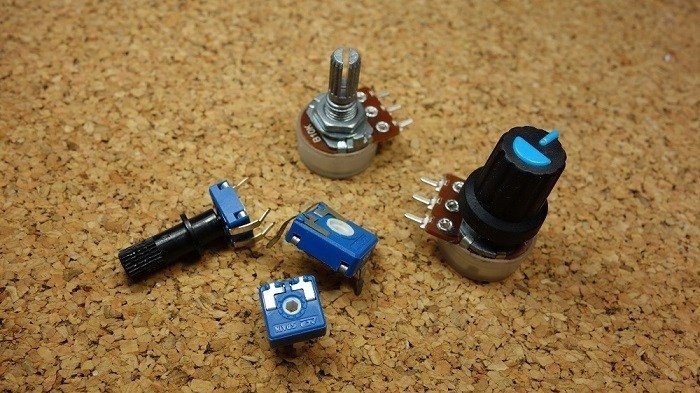
Joysticks are actually a pretty complicated set of parts soldered into place on the circuit board of a controller. Unlike D-pads, they can cover a wide range of motion at almost any angle and it takes a lot of pieces to do that. To make things more complicated and to provide better user feedback, they're analog instead of digital. That means the amount you move the stick directly correlates to the movements you see on the screen while using one.
This is done using a set of potentiometers. A potentiometer is a simple device that sends current across a surface with a known resistance and uses a sensor that moves to measure that resistance. The further away from the source of the voltage that's supplied to the resistive element, the lower the voltage applied to the wiper.
Digital controls are either on or off so analog works best for a controller.
There are several different ways a potentiometer can be used but what you need to know about them in regards to a game controller joystick is that there are multiple potentiometers used to measure horizontal and vertical movement and that the operating system software can turn the difference in voltage into on-screen movement. If you're curious and want to know more about it all, here's a good breakdown.
Because of how software turns different voltage readings into movement, it needs a starting point. That would be when you're not touching the stick and ideally, it's centered inside the housing. Think of this center point as zero and the furthest you can push a joystick in any direction as 100. If you were to push the joystick just slightly, that number moves from zero and the software takes this into account by moving whatever you're controlling slowly and steadily in that direction.
If you're not touching the joystick and the number still isn't what the software thinks should be zero, it still moves because it's been programmed to move. That's commonly known as drift. It can be useful to crawl into a wall behind a shopkeeper to level up your sneak skill, but it sucks for almost everything else because we want everything to stop moving when we're not trying to make it move.
Be an expert in 5 minutes
Get the latest news from Android Central, your trusted companion in the world of Android
Why it happens?
Drift happens to almost every controller ever made for a couple of reasons and the biggest is that almost all of them use the same parts. the DualSense controller might have a really cool new way to give haptic feedback, but when it comes to the joystick assemblies, it's the same old same old.
Almost every expensive controller uses the same analog joystick assemblies.
These are mass-produced parts that are built as cheaply as can be while still being able to perform their intended purpose. That's the real reason joysticks drift.
For starters, it's impossible to calibrate an analog joystick to read an exact voltage when it's sitting still in the center of the housing. That's because materials like plastic are used and each piece of plastic is going to have variances. The software can make up for much of this because it has to have some tolerance, but this isn't always the case. Remember, we're dealing with a computer that can read the voltage out to the tiniest fraction and anything other than zero isn't zero. Sometimes manufacturing "defects" can make even a brand new joystick drift.
That's really not a big deal because it's going to start happening very soon anyway. Some testing by iFixit shows that a typical action or first-person shooter game has you using the sticks so much that the operating life is less than 400 hours of use. Yes, joystick components have a rated number of cycles before they're worn out.
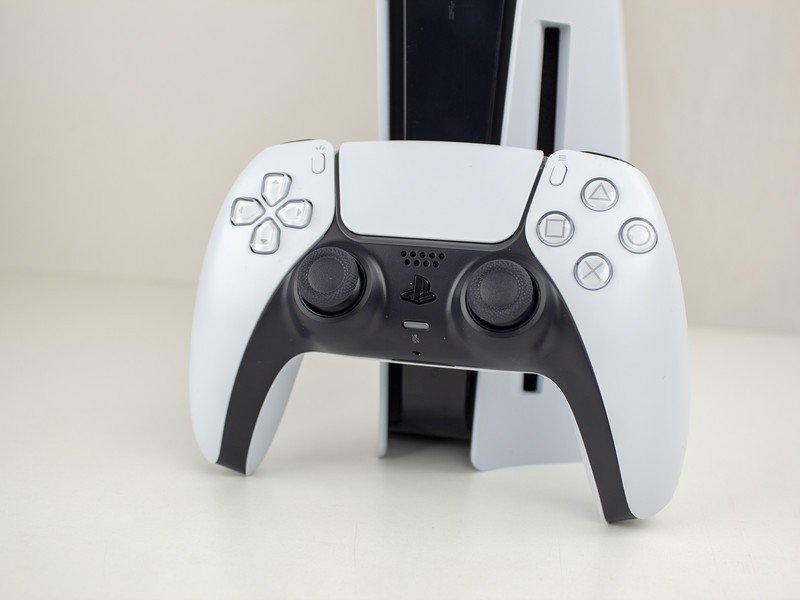
The problem is not only the zero reading. Inside a joystick assembly, there's a main center spring that's used to push the stick back to the center and hold it there while you're not pushing it. As that spring wears out, that zero reading can and will change over time which is compounded by actual wear on the potentiometers themselves.
A zero reading has to be zero and anything else isn't.
As the wiper inside the potentiometer moves it wears the resistive strip, which changes the resistance on the surface. The software interprets this as stick movement because it's all a numbers game and anything that's not zero can never ever be zero. In addition, the plastic itself wears and deposits dust and tiny chunks on the resistive layer along with bits of dead skin, Doritos crumbs, or anything else that can work its way inside the assembly. These are cheap parts and aren't sealed up tight.
In short, for a joystick not to drift, the software needs to know everything is at the zeroed position, and once again, anything other than a zero reading isn't zero. Once things progress past the point where the software can compensate, your joystick starts to drift.
What can I do about it?
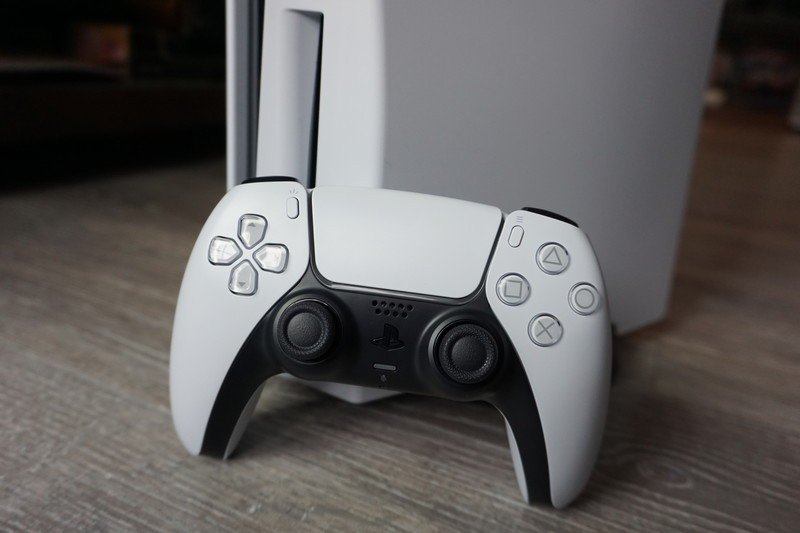
Nothing. Really, there's nothing you can do to stop it or even slow it down. You can (and should) try to keep your controller clean, but unless you know what you're doing, you don't want to start prying a joystick assembly apart to try and clean the pots. Moving parts wear and cheaply made moving parts wear more quickly than we would like sometimes. That's why I have a bin full of PS4 DualShock controllers in the closet.
The sad fact is that a controller is designed to be a disposable piece of gear but isn't priced that way.
But that's not to say the situation is impossible to fix. Game developers can address joystick drift by including a calibration setting that has you measure the zero position while not touching the stick and then moving it around a bit to measure the other extreme. Some games actually have this feature because the developers know that analog joysticks will drift and users will hate playing their game when that happens.
If you know someone with a strong set of component soldering skills and the tools/know-how to calibrate the assembly, a joystick is cheap to replace. It's just not easy. The only real solution has to come from Sony, and it's not what you think.
Sony knows that a DualSense controller uses joysticks that are only rated for 500,000 cycles before the potentiometers are outside of factory specifications. The real solution is to either make them easy to replace or to price a DualSense controller like anything else that's disposable instead of charging so much.
Unfortunately, as a consumer, the best course of action is to replace the controller and recycle the old one. And that sucks.

Jerry is an amateur woodworker and struggling shade tree mechanic. There's nothing he can't take apart, but many things he can't reassemble. You'll find him writing and speaking his loud opinion on Android Central and occasionally on Threads.

